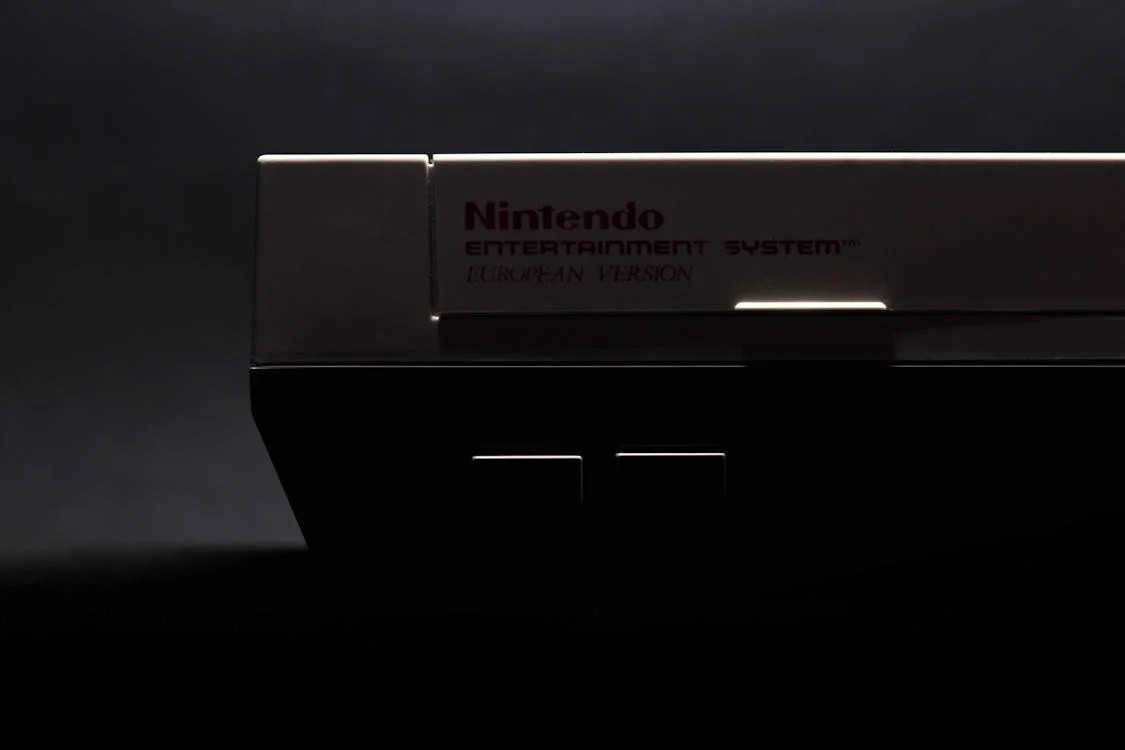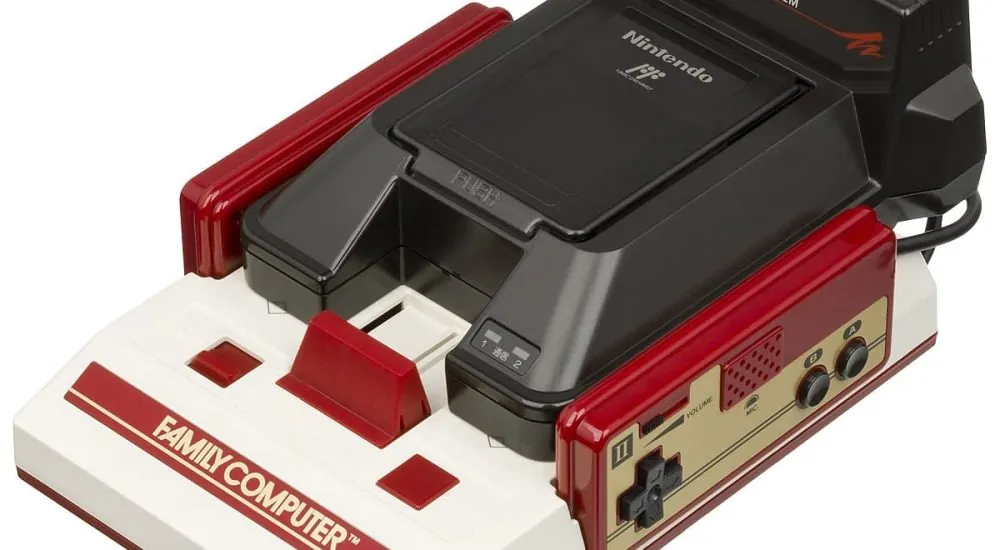In the context of gaming, the terms “8-bit” and “16-bit” primarily refer to the architecture of the console’s processor, specifically the size of the data bus or the word size that the processor can handle in a single operation. Here’s a detailed explanation:
Understanding 8-bit and 16-bit in Gaming
Processor Architecture:
- 8-bit: This refers to a processor that can handle 8 bits of data at a time. The NES (Nintendo Entertainment System) and Sega Master System are classic examples of 8-bit consoles. These systems were limited in terms of processing power, memory, and graphical capabilities, which influenced the style and complexity of the games developed for them.
- 16-bit: A 16-bit processor can handle 16 bits of data at a time, allowing for more complex calculations and greater memory access. This resulted in more detailed graphics, richer sound, and more sophisticated gameplay. The Sega Genesis (Mega Drive) and Super Nintendo Entertainment System (SNES) are notable 16-bit consoles.
Impact on Graphics and Sound:
- The bit designation often correlates with the graphical and audio capabilities of a console. For instance, 8-bit systems typically had a limited color palette and simpler sound capabilities, leading to the iconic “chiptune” music and pixelated graphics associated with that era. In contrast, 16-bit systems could display more colors and produce more complex sounds, allowing for more visually and audibly rich games.
Generational Marketing:
- The terms “8-bit” and “16-bit” also served as marketing tools to differentiate console generations. During the 16-bit era, the enhanced capabilities of these systems were highlighted as a significant advancement over their 8-bit predecessors. This generational leap was used to market the consoles as offering superior gaming experiences.

Modern Usage:
- Today, “8-bit” and “16-bit” are often used to describe the aesthetic style of games that mimic the look and feel of games from these eras, regardless of the actual hardware capabilities. This retro style is popular in indie game development, where developers intentionally limit graphics and sound to evoke nostalgia.
In summary, “8-bit” and “16-bit” refer to the data processing capabilities of the console’s processor, which influenced the complexity and style of games during those eras. These terms have since become synonymous with the visual and auditory aesthetics of their respective gaming generations.












